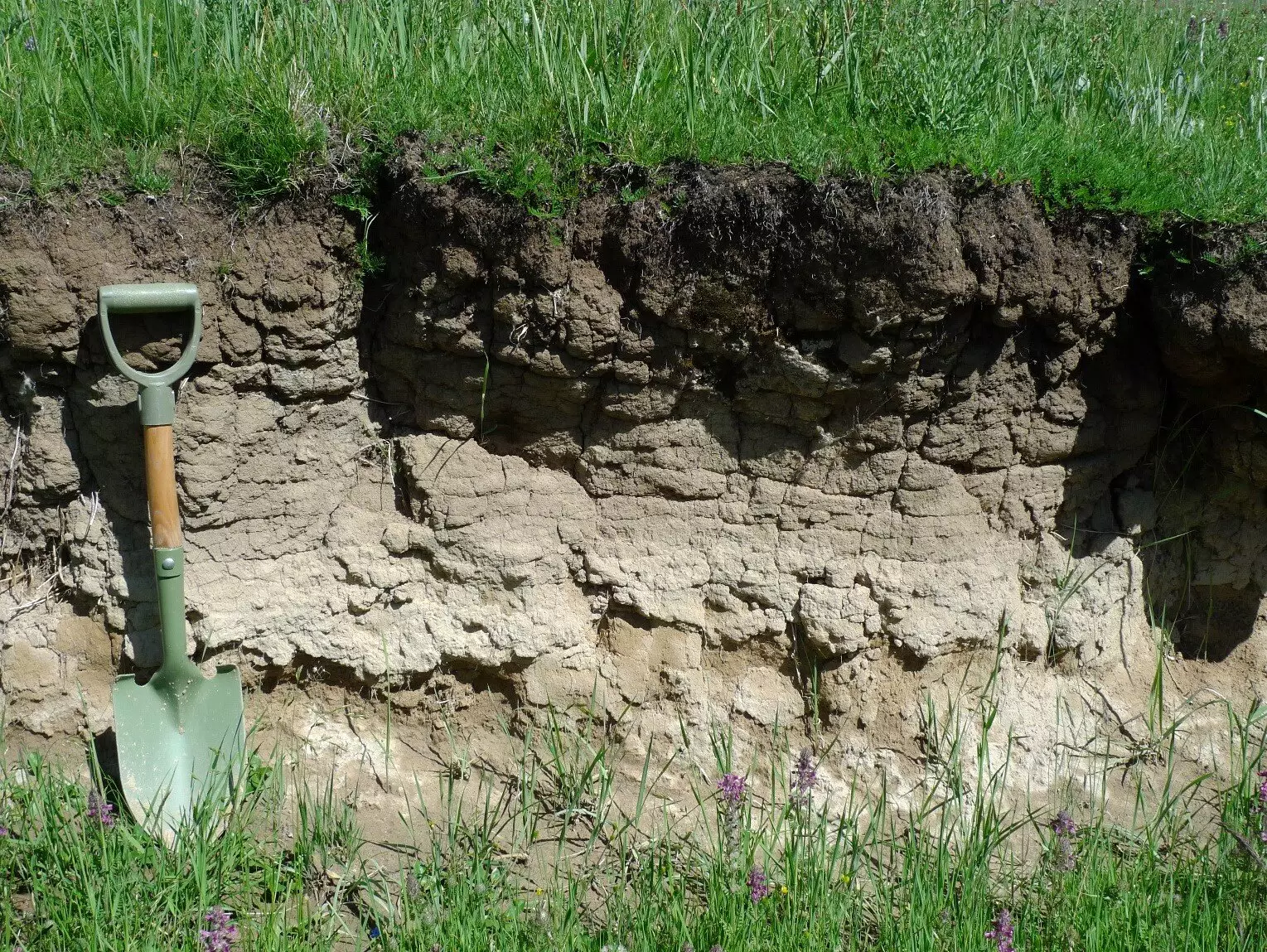When we talk about soil carbon, we typically focus on the organic matter component, known as soil organic carbon (SOC). However, another crucial component of soil carbon is the inorganic part, known as soil inorganic carbon (SIC). Often overlooked, SIC, usually in the form of calcium carbonate, tends to accumulate more in arid regions with infertile soils.
A recent study published in Science by researchers led by Prof. Huang Yuanyuan and Prof. Zhang Ganlin from the Chinese Academy of Sciences shed light on the global store of SIC. Contrary to popular belief, the researchers found a staggering 2,305 billion tons of carbon stored as SIC in the top two meters of soil worldwide, surpassing the carbon content in all of the world’s vegetation combined.
Despite its abundance, SIC is vulnerable to environmental changes, particularly soil acidification. Prof. Huang emphasized that acids can dissolve calcium carbonate, leading to its release as carbon dioxide gas or into water. Regions like China and India are already experiencing soil acidification due to industrial activities and intensive farming practices, putting this significant carbon pool at risk.
Disturbances to SIC accumulated over Earth’s history have far-reaching consequences for soil health. These disruptions impede the soil’s ability to neutralize acidity, regulate nutrient levels, support plant growth, and stabilize organic carbon. SIC plays a critical dual role in not only storing carbon but also in supporting ecosystem functions that rely on it.
The study revealed that approximately 1.13 billion tons of inorganic carbon are lost from soils to inland waters annually. This loss has significant implications for carbon transport between the land, atmosphere, freshwater, and ocean, yet it often goes unnoticed. While society has recognized the importance of soil organic carbon in combatting climate change, the significance of inorganic carbon must not be underestimated.
The urgency of incorporating inorganic carbon into climate change mitigation strategies cannot be stressed enough. International initiatives like the “4 per mille initiative,” which aims to increase soil organic carbon annually, must also consider the critical role of inorganic carbon in achieving sustainable soil management and climate mitigation goals. By broadening our understanding of soil carbon dynamics to include both organic and inorganic carbon, we can develop more effective strategies for maintaining soil health, enhancing ecosystem services, and mitigating climate change.


Leave a Reply